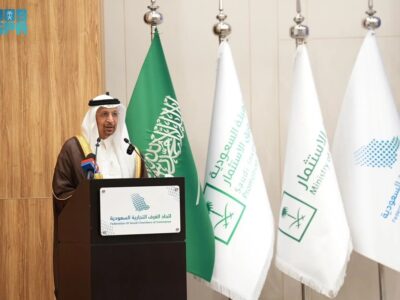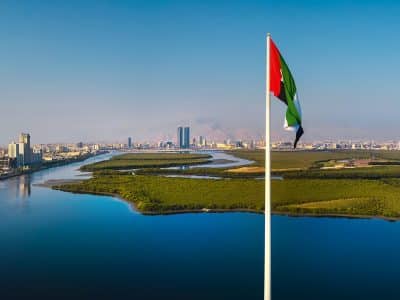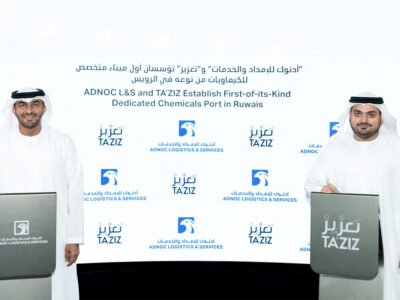Arab-China economic ties have received a $24 billion boost, with deals agreed to pour investment into technology, tourism and renewables.
Saudi Arabia’s Red Sea integrated smart energy investment project is among the projects that will receive Chinese money pledged at the fifth China-Arab States Expo in northwest China’s Ningxia Hui autonomous region.
As part of China’s Belt and Road Initiative (BRI), a total of 277 deals were struck, with $23.7bn pooled towards 199 projects, along with 24 trade projects worth $423 million.
“Many of the deals focus on technology, tourism, renewables, and other green industries, which many Middle Eastern governments hope can help future-proof their economies,” said Robert Mogielnicki, a senior resident scholar at the Arab Gulf States Institute in Washington DC.
Countries in the Middle East are working hard to diversify their economies away from oil as global climate change fears become more pressing and countries look to diversify away from a dependence on oil.
“The announcement of deals at an expo must, however, be followed by breaking ground on new projects,” cautioned Mogielnicki, who is also an adjunct assistant professor at Georgetown University. “Not all Chinese investment pledges in the Middle East and North Africa come to fruition.”
Launched in 2013, the BRI is China’s expansive infrastructure investment strategy that aims to link countries along the original silk road that spans Central Asia and the Middle East and ultimately leads to Europe.
Since 2014, China’s government has outlined its vision for greater ties with the Middle East. In the decade prior to China’s 2014 policy paper, trade flows between the East Asian nation and the Middle East increased by 600 percent.
 Robert Mogielnicki, a senior resident scholar at the Arab Gulf States Institute in Washington DC.
Robert Mogielnicki, a senior resident scholar at the Arab Gulf States Institute in Washington DC.
“Having complementary interests in the fields of energy, renewables, infrastructure, trade, and possibly technology, the cooperation between China and the MENA countries is only likely to deepen in the years to come,” a World Economic Forum article by Mirek Dusek and Maroun Kairouz read.
Covid-19 dampened China’s BRI investments, with a 50 percent investment drop recorded in the first half of 2020, according to analysis from Charles Dunne, a non-resident fellow at the Arab Centre Washington DC.
But Mogielnicki said “The busy pipeline of commercial deals reflects the strong mutual interests associated with China-Middle East ties. We are likely to see a greater emphasis on establishing bilateral ties, such as country-level free trade agreements, rather than the more onerous task of negotiating region-wide initiatives, such as the long-anticipated China-GCC free trade agreements.”
In March, Chinese Foreign Minister Wang Yi (pictured below) said he wanted to reach a free trade agreement with the GCC states, Saudi news outlet Al Arabiya reported. Talks for such an agreement were launched between the two sides away back in July 2004, and China’s FTA network’s website said that “the two parties have held five rounds of negotiations and have reached agreement on the majority of issues concerning trade in goods. Negotiations on trade in services are also launched”.

Concerns from some, but China eyes opportunity in the Gulf
For critics of the BRI, environmental concerns, lack of project transparency and project financing are core concerns. Since receiving a backlash, China in mid-2017 issued national guidelines to better regulate state-owned and private Chinese businesses working overseas, Middle East Institute research found.
But despite concerns from global players about the BRI, including the US, the GCC has welcomed Chinese investment and have made efforts to attract BRI projects and partner with Chinese firms.
In 2015, China became the biggest global importer of crude oil, with almost half of its supply coming from the Middle East – Saudi Arabia and Iraq, Oman, Iran, Kuwait, and the UAE were in the top 15 crude oil exporters to China by 2018, according to a report from the European Council on Foreign Relations.
For China, the Middle East is a strategic point in its new silk road, with focus on energy, infrastructure construction, trade, and investment in the region, the ECFR report read. So far, 15 regional countries have signed partnership deals with China.
“Most regional governments want their states to function as prominent nodes within the Belt and Road Initiative,” Mogielnicki said.








